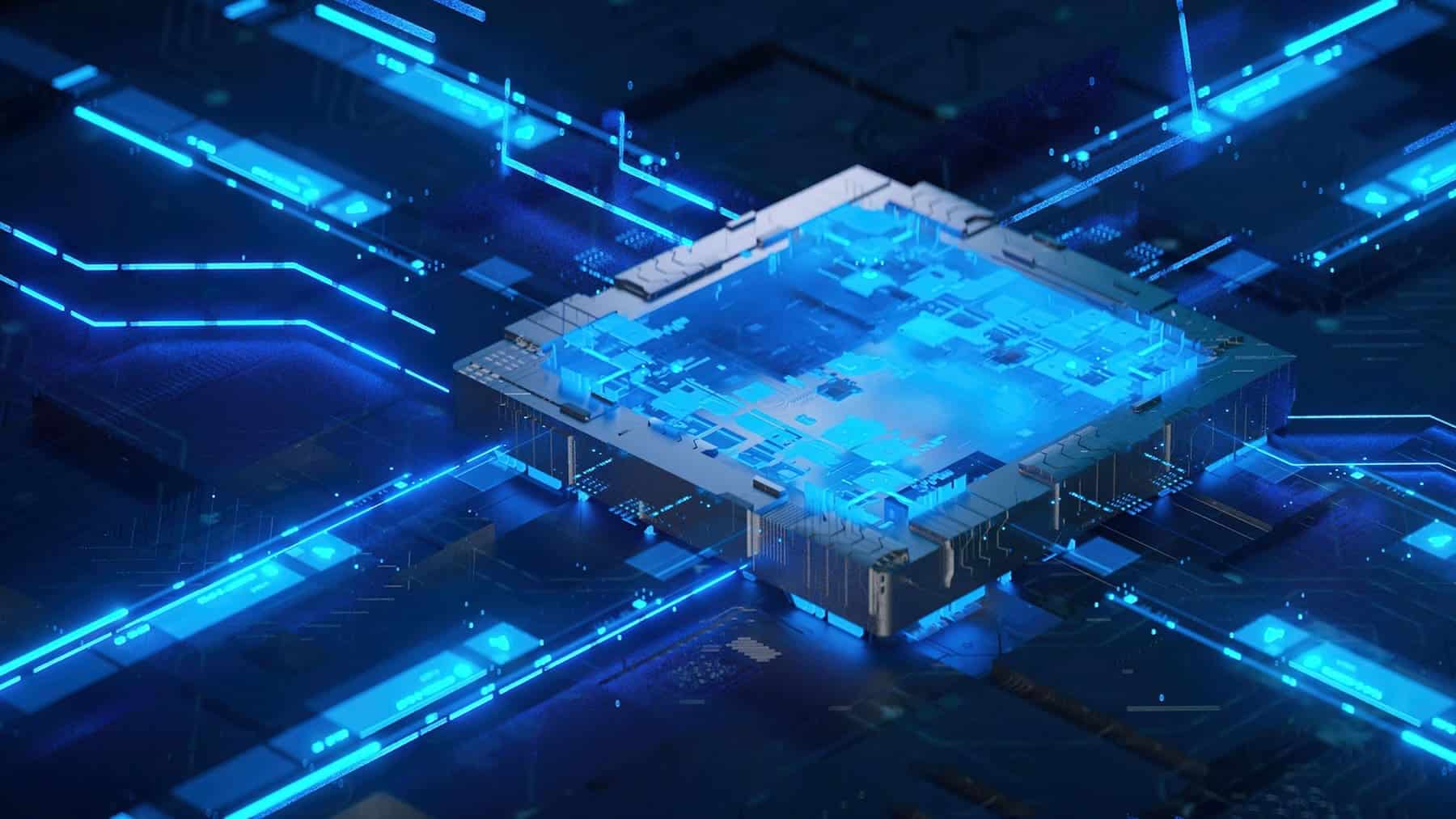Intel has unveiled a series of key innovations in artificial intelligence architecture at Hot Chips 2024, highlighting its ability to address emerging challenges in computing and energy efficiency. At the event, the company presented four significant advances: the Intel Xeon 6 SoC processor, the Lunar Lake processor for clients, the Intel Gaudi 3 AI accelerator, and the OCI optical interconnect chiplet.
Intel Xeon 6 SoC: Designed for the Edge
Praveen Mosur, Intel Fellow and silicon architect for networks and edge, introduced the Intel Xeon 6 SoC, a system-on-chip optimized to tackle the specific challenges of edge computing, such as unreliable network connections and space and power constraints. Based on over 90,000 edge deployments worldwide, the Xeon 6 SoC promises to be Intel’s most optimized edge processor to date. Its architecture enables scaling from edge devices to edge nodes using a single system architecture with integrated AI acceleration. This facilitates managing the entire AI workflow, from data ingestion to inference, improving decision-making, increasing automation, and delivering value to customers.
Lunar Lake: The Future of AI PCs
Arik Gihon, Chief CPU SoC architect for clients, introduced the Lunar Lake processor, designed to deliver unprecedented energy efficiency while providing leading performance in cores, graphics, and AI for clients. The new performance cores (P-cores) and efficient cores (E-cores) of Lunar Lake offer up to 40% less power consumption compared to the previous generation. The new neural processing unit is up to 4 times faster, significantly enhancing generative AI performance. Additionally, the new Xe2 graphics processing cores improve gaming and graphics performance by 1.5x compared to the previous generation.
Intel Gaudi 3: AI Accelerator for Training and Inference
Roman Kaplan, lead AI accelerator architect, addressed the design of the Intel Gaudi 3 AI accelerator, optimized for training and deployment of generative AI models that require high computational power. Gaudi 3 tackles cost and energy efficiency challenges by scaling from individual nodes to large clusters of thousands of nodes. Its architecture includes efficient matrix multiplication engines, two-level cache integration, and an extensive RoCE (RDMA over Converged Ethernet) network, enabling AI data centers to operate more cost-effectively and sustainably.
OCI Chiplet: Innovation in Optical Interconnect
Intel’s Integrated Photonics Solutions Group introduced the OCI optical interconnect chiplet, the industry’s first of its kind. Saeed Fathololoumi, photonics architect of the group, demonstrated how the OCI supports 64 data transmission channels at 32 gigabits per second in each direction over up to 100 meters of optical fiber. This chiplet represents a significant advancement in high-capacity interconnectivity, focusing on CPU/GPU connectivity scalability and new computing architectures, such as coherent memory expansion and resource disaggregation in emerging AI infrastructures.
Conclusions and Future Outlook
Intel’s presentations at Hot Chips 2024 underscore the company’s commitment to innovation in AI and its impact on energy efficiency and computing architecture performance. From edge processing to generative AI and advanced optical interconnection, Intel is leading the way in the evolution of AI technologies, providing solutions that enable businesses and consumers to harness the full potential of artificial intelligence in their daily applications and enterprise environments.
The in-depth technical dive into these advancements demonstrates how Intel continues to develop technologies that not only enhance performance and efficiency but also pave the way for future innovations in AI infrastructure.

